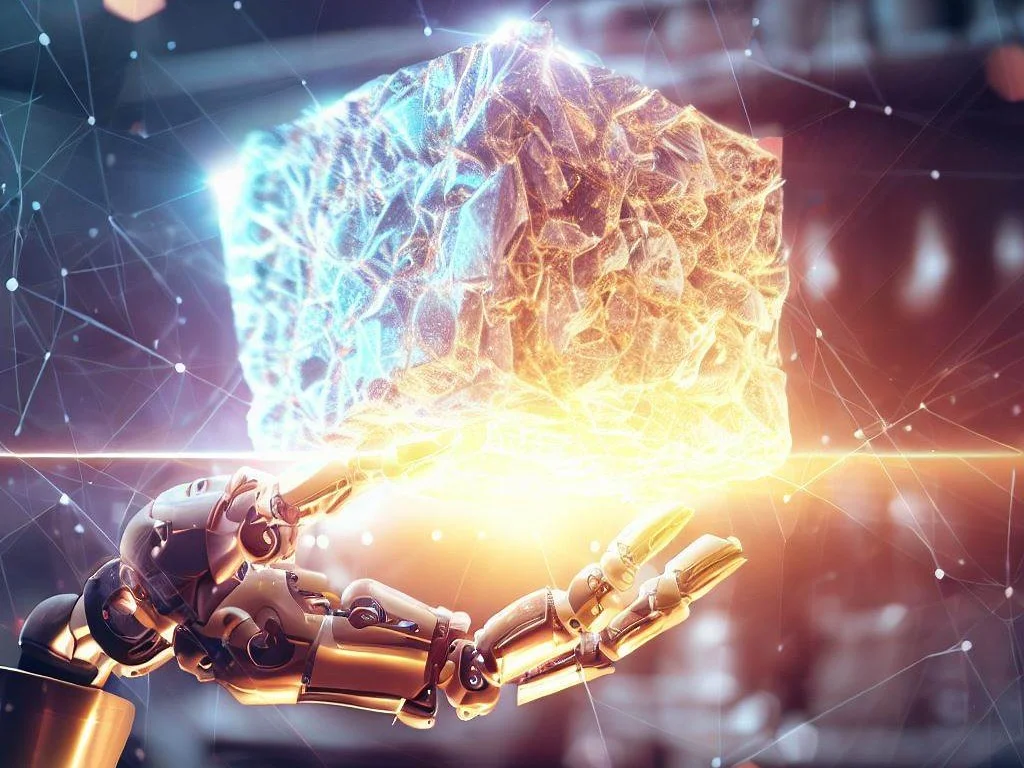Introduction to AI Explainability
In the realm of modern technology, Artificial Intelligence (AI) stands out as a paradigm-shifting field that affects various industries, from healthcare and finance to transportation and materials science. Nevertheless, as we further entrust AI with more intricate tasks, the pressing question of AI explainability and its importance arises.
AI Explainability, sometimes referred to as XAI (Explainable Artificial Intelligence), addresses a crucial challenge in today’s AI-driven world – the “black box” problem. Traditional AI systems, particularly those based on deep learning, provide output without a clear explanation of how they arrived at their conclusions. This lack of transparency can raise significant concerns, particularly when these AI systems are employed in critical domains.

The Black Box Problem and AI Explainability
Imagine a material scientist using an AI model to predict the properties of a new alloy, as in (Hart et al., 2021). The AI system suggests a specific combination of metals that would give the desired properties. But how did it arrive at this conclusion? Can it be trusted? Without the AI explainability, it’s like taking advice from an anonymous source.
AI explainability aims to shed light on these black boxes. It strives to provide clear, understandable descriptions of how AI systems make their decisions. In this context, AI becomes a tool that not only gives answers but also explains its reasoning in a way that humans can understand and trust.
Why is AI Explainability Important?
Trust
Trust is at the heart of why AI explainability matters. It’s hard to put faith in a system if you can’t understand how it works. By offering insight into the decision-making process, explainable AI can engender more confidence in the system’s suggestions, whether it’s a new alloy mix or a medical diagnosis.
Verification and Validation
Being able to explain how an AI system arrives at a conclusion aids in verification and validation of the model’s accuracy. In materials science, for instance, an incorrect prediction about a material’s behavior could lead to severe consequences, from wasted resources to safety hazards. With explainable AI, scientists can better validate the AI’s decisions and verify its alignment with known physical and chemical laws.
Ethical and Legal Responsibility
As we delegate more decisions to AI systems, issues of accountability and responsibility emerge. Who is to blame if an AI system makes a critical error? Explainable AI can help pinpoint where things went wrong, facilitating legal and ethical judgements.
Enhancing Human Expertise
AI Explainability is not just about mitigating risks; it’s also about enhancing human knowledge. In materials science, AI can unearth patterns and relationships that are too complex for humans to detect. By providing explanations for its conclusions, AI can help scientists understand new phenomena and push the boundaries of the field.
Final Thoughts
In an increasingly complex world, the need for clarity and understanding becomes more critical than ever. As we strive to leverage the benefits of AI in diverse fields like materials science, explainability should be a priority, not an afterthought.
AI Explainability opens the way for informed decision-making, responsibility, and enhanced human expertise. It bridges the gap between human intuition and machine learning, allowing us to trust our silicon co-workers, and leads us to a future where AI doesn’t just provide answers – it enlightens us with the process.
In conclusion, the quest for AI Explainability is the quest for a more understandable, reliable, and transparent technological future. It’s not just about making AI more human. It’s about making us more informed, more capable, and ultimately, more human in our decisions and judgments.


